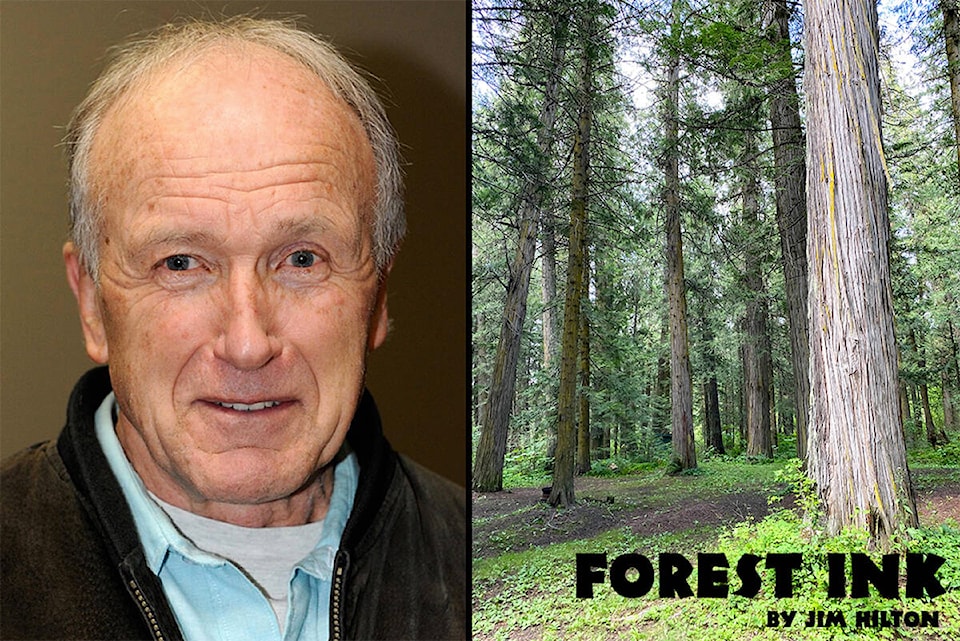Managing our forests as well as most other natural resources will be heavily influenced by what happens to our human population, so it is important to keep the conversation going concerning the latest trends about the impacts of humans on the planet.
As pointed out by Zaria Gorvett in a recent (September 2022) article on the BBC site, the human population on Earth is expected to reach eight billion by the end of this year. The author asks the following questions - “Are there too many of us? Or is this the wrong question?” - and then describes some historical events that show how our early population has been influenced by a number of natural phenomena.
Fast-forward from 74,000 years ago when our once-obscure species of hairless ape had little influence on the Earth, a population explosion has exerted an influence on even the remotest corners. In 2018, scientists found a plastic bag 10,898m (35,754ft) below the ocean’s surface at the bottom of the Mariana Trench, while another team recently discovered man-made forever chemicals on Mount Everest.
In 1994 when the global population was 5.5 billion a team of researchers in Stanford University California proposed that an ideal size for our species would be between 1.5 and two billion.
A recent calculation shows that humans are now the dominant vertebrate species on land and we account for 32 per cent of the biomass while wild animals amount to one per cent and our livestock accounts for the rest.
A growing number of women are joining the anti-natalist movement and going on a “Birth Strike” until the current climate emergency and extinction crisis are being addressed more seriously. This is supported by a study that shows having one fewer child reduces carbon emissions 24 more times than not having a car.
There’s a growing movement that the global obsession with chasing economic growth at all costs is outdated and should be abandoned altogether, and we need to shift away from growth equals progress.
The approach to a lower population growth may be different in developing countries.
“One factor with a well-documented role in slowing down this rate of growth is the education of women, which has the side-effect of increasing the average age at which they give birth. Over time, women get access to education, they have positions outside the family, jobs, all of those that compete with childbearing.”
In developed countries there is lots of evidence that a declining population can have positive outcomes.
In Japan there has been an increase in [monetary] capital and higher productivity as well, which means Japan is a good case study of why not to panic about declining birth rates.
Unfortunately, with the billions of people, even major drops in birth rates and global tragedies will still not prevent global populations from having millions of new births annually.
“Even a disaster on such a scale that it leaves two billion people dead within a five-year period in the middle of the century would still see the population grow 8.5 billion people by 2100. Whatever happens, the authors conclude, there are likely to be many, many people around until at least the next century.”
In a future article I will describe a few unusual behaviours of some sea creatures which confirm the importance of maintaining the biodiversity of the few remaining untouched ecosystems.
Read More: COLUMN: Forest Ink
Do you have something to add to this story, or something else we should report on? Email: rebecca.dyok@quesnelobserver.com
Like us on Facebook and follow us on Twitter.
